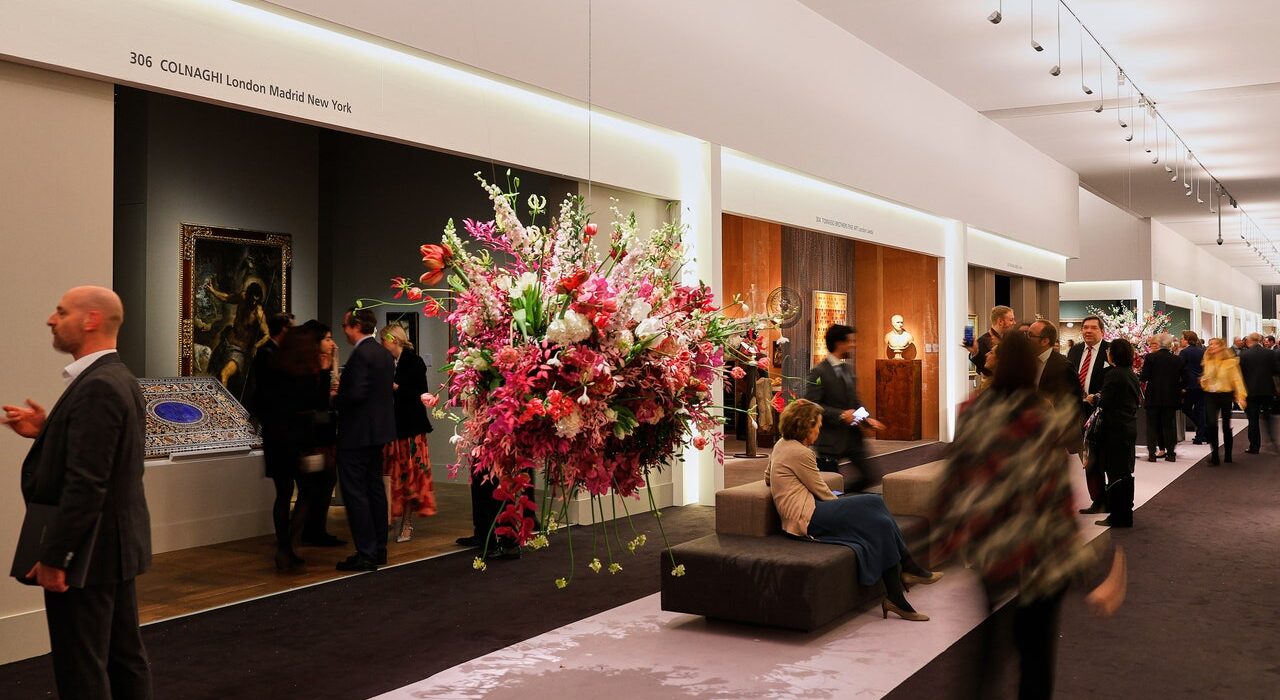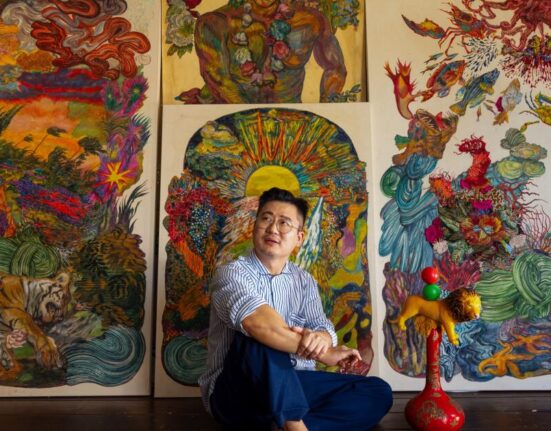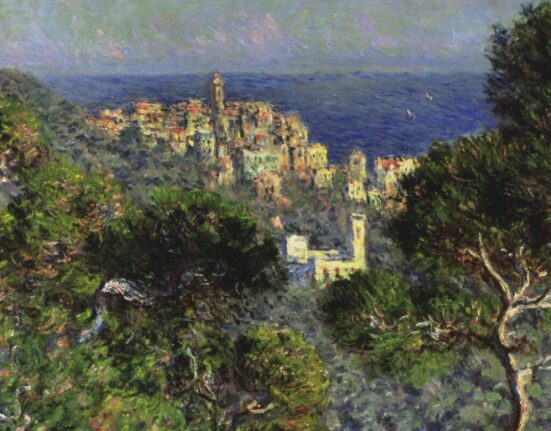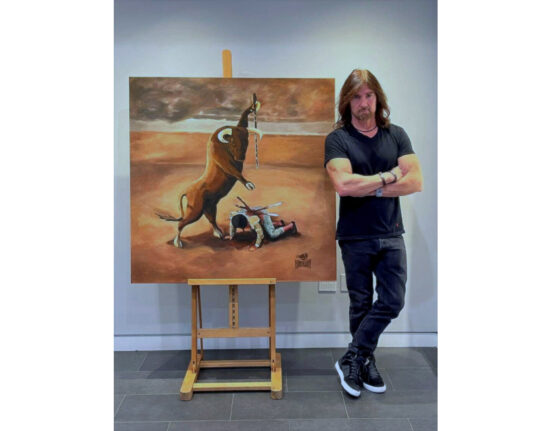Despite the coronavirus outbreak, and a reported 29 percent drop in first-day preview attendance as a result, many things remained the same at the 2020 edition of The European Fine Art Fair, or TEFAF, in Maastricht—the world’s most famous art and antiques fair, where museum curators as well as blue-chip collectors stalk the seeming miles of aisles at the MECC Maastricht convention center. Though Champagne may flow and hors d’oeuvres may be passed at the 33rd annual iteration of the fair, which runs through March 12, “This is not social,” says Suzanne Demisch of the Manhattan gallery Demisch Danant. “There’s no big dinner and no parties. It’s business, it’s serious, and it’s about collectors.”
TEFAF’s legendary flower arrangements—it’s the Netherlands, after all—were dazzling, including giant sky-high slots in the entrance hall, each packed with fresh flowers and crafted in such a way that selfies were obligatory. Beaming oystermen wandered through the show, shucking their fresh wares for delighted visitors. Masterworks riveted everyone’s eyes, including an 1884 Vincent Van Gogh painting of a farmhouse that British dealer Simon Dickinson sold on Monday for around $17,191,125. If you missed out on that newsworthy treasure, Caylus is offering a 1798–99 Francisco Goya portrait of royal embroiderer Don Juan López de Robredo that will set you back approximately $7,447,992. Those weren’t the only million-dollar treasures catching eyes, but they were among the most prominent.
Unlock access to our member exclusive workshop: The Road to AD100
Extravagant booths were in abundance, conceived as works of art in themselves, from Tomasso Brothers’ loftlike, plywood-walled installation that set classical marble busts on top of rusting metal file cabinets to Christophe de Quenétain’s deployment of literal tons of marble and porphyry to conjure up a Versailles-like setting of startling opulence. Then there was Röbbig München, the stalwart Munich specialists in 18th-century aristocratic furnishings and folderol, where an ancien régime salon that was borrowed from Féau et Cie—the eminent purveyors of historic boiseries, which had its own stand—joined a neoclassical marble mantel that came out of the same Paris hôtel particulier that Ralph Lauren’s flagship store now occupies. All Röbbig’s setting lacked was Madame de Pompadour lolling on a duchesse brisée.
Collectors were out in force—among them Katharine Rayner, the Atlanta communications heiress, who, at Dickinson, was pondering a 1734 Giovanni Paolo Panini view of the Pantheon in Rome—though, admittedly, not as many as before. “Until the coronavirus reared its head, you wouldn’t be able to get your private jet into the Maastricht airport because it was so crowded,” says Manhattan dealer Adam Williams, one of the dealers with a masterwork on view: a heroically proportioned and impressively bloody Henrick ter Brugghen of the crucified Christ, dated 1624–25 and priced at $6,760,072. “I wouldn’t usually show something like that in New York, because American collectors wouldn’t understand it,” he added, noting that the Metropolitan Museum of Art owns a version of the same subject by the same artist. “Serious Europeans, though, do.”








